BASIC ANATOMY OF BODY FOR UNDERSTANDING BIOMECHANICS
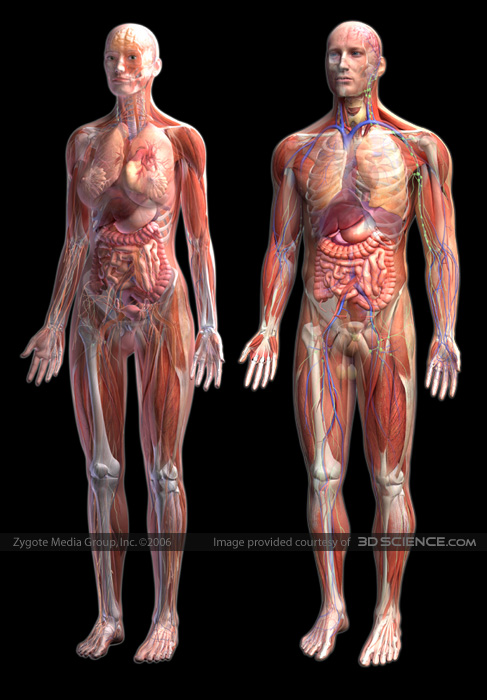
THIS DOCUMENT IS A POWERPOINT PRESENTATION CONTAINING ALL THE ESSENTIAL INFORMATION ABOUT VARIOUS BODY MOVEMENTS
SECTIONAL DIVISION OF THE BODY
ALONG WITH PICTURES
PLEASE REFER TO IT

THIS DOCUMENT IS A POWERPOINT PRESENTATION CONTAINING ALL THE ESSENTIAL INFORMATION ABOUT VARIOUS BODY MOVEMENTS
SECTIONAL DIVISION OF THE BODY
ALONG WITH PICTURES
PLEASE REFER TO IT

THIS IS A CHAPTER EXTRACTED FROM A BOOK ABOUT THE PRINCIPLES OF THROWING DO REFER THIS CONTENT WHILE STUDYING BIOMECHANICS
THE REASON I AM PROVIDING A DOCUMENT IS THAT I HAVE KEPT IN MY COMPUTER AND I AM NOT ABLE TO COPY PASTE DOCUMENT HERE AS IT IS
SOME OF THE PICTURES ARE LOST SO THIS GOES LIKE THIS
THIS DOCUMENT CONTAINS SOME INFORMATION ABOUT THE HUMAN GAIT MOVEMENTS
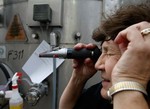
A refractometer measures the extent to which light is bent (i.e. refracted) when it moves from air into a sample and is typically used to determine the index of refraction (aka refractive index or n) of a liquid sample.
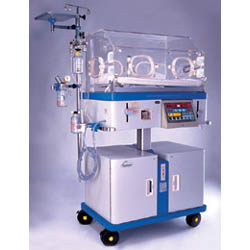
(INFANT INCUBATOR)
An infant incubator is used mainly to keep a baby’s core temperature stable at 37 degrees Celsius. Most incubators also humidify the air and can add extra oxygen.

(INFANT INCUBATOR WITH BABY)
NEED OF INFANT INCUBATORS
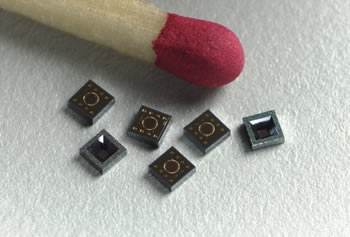
Microelectromechanical Systems (MEMS) is the technology of the very small, and merges at the nano-scale into “Nanoelectromechanical” Systems (NEMS) and Nanotechnology.
MEMS are also referred to as micro machines, or Micro Systems Technology (MST). MEMS are separate and distinct from the hypothetical vision of Molecular nanotechnology or Molecular Electronics.
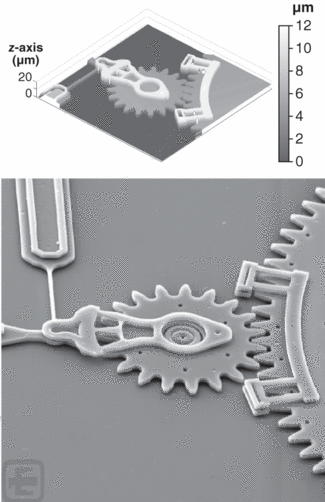
(MEMS DEVICE)
MEMS generally range in size from a micrometer (a millionth of a meter) to a millimeter (thousandth of a meter). At these size scales, the standard constructs of classical physics do not always hold true. Due to MEMS’ large surface area to volume ratio, surface effects such as electrostatics and wetting dominate volume effects such as inertia or thermal mass. Finite element analysis is an important part of MEMS design.